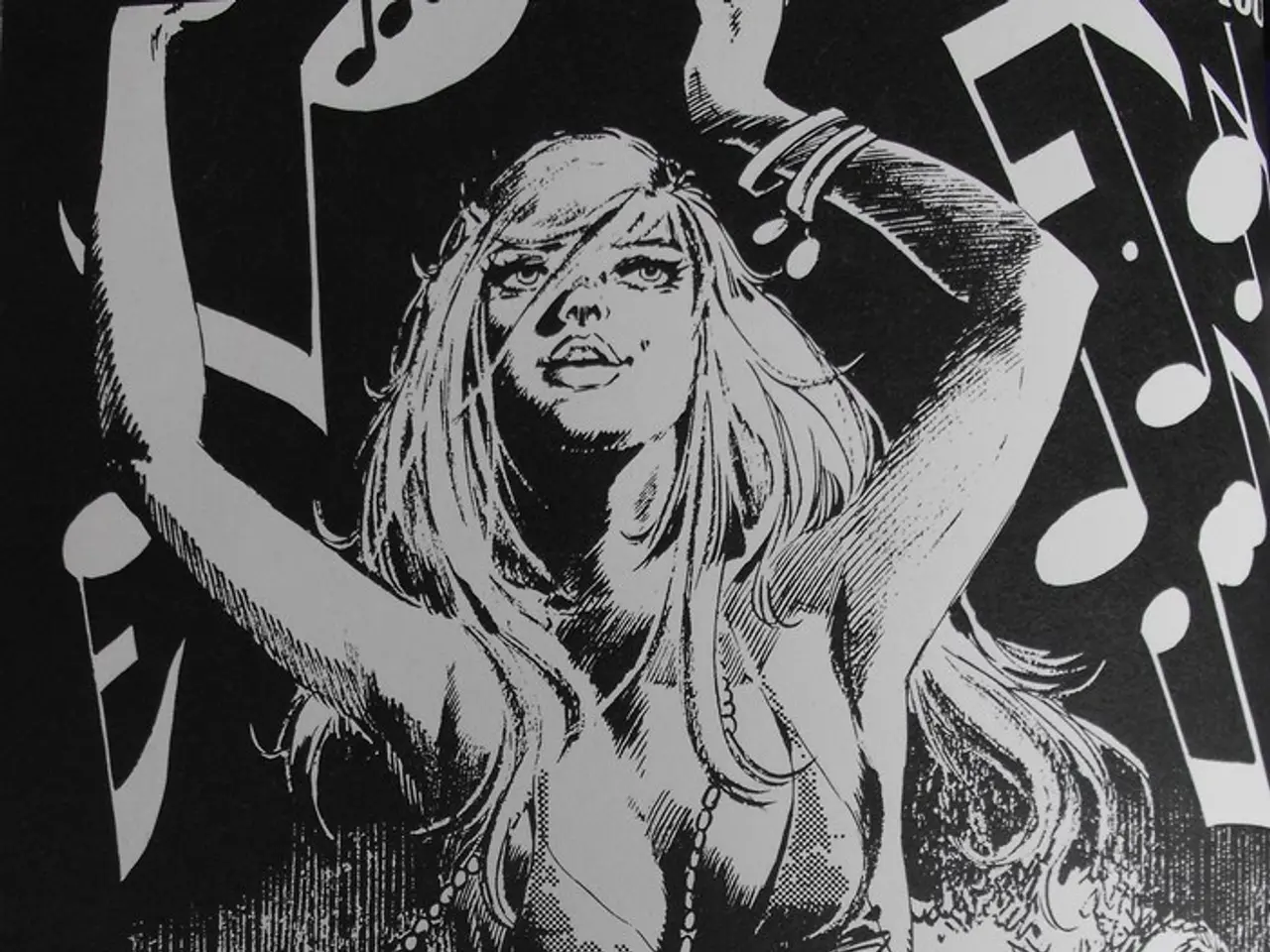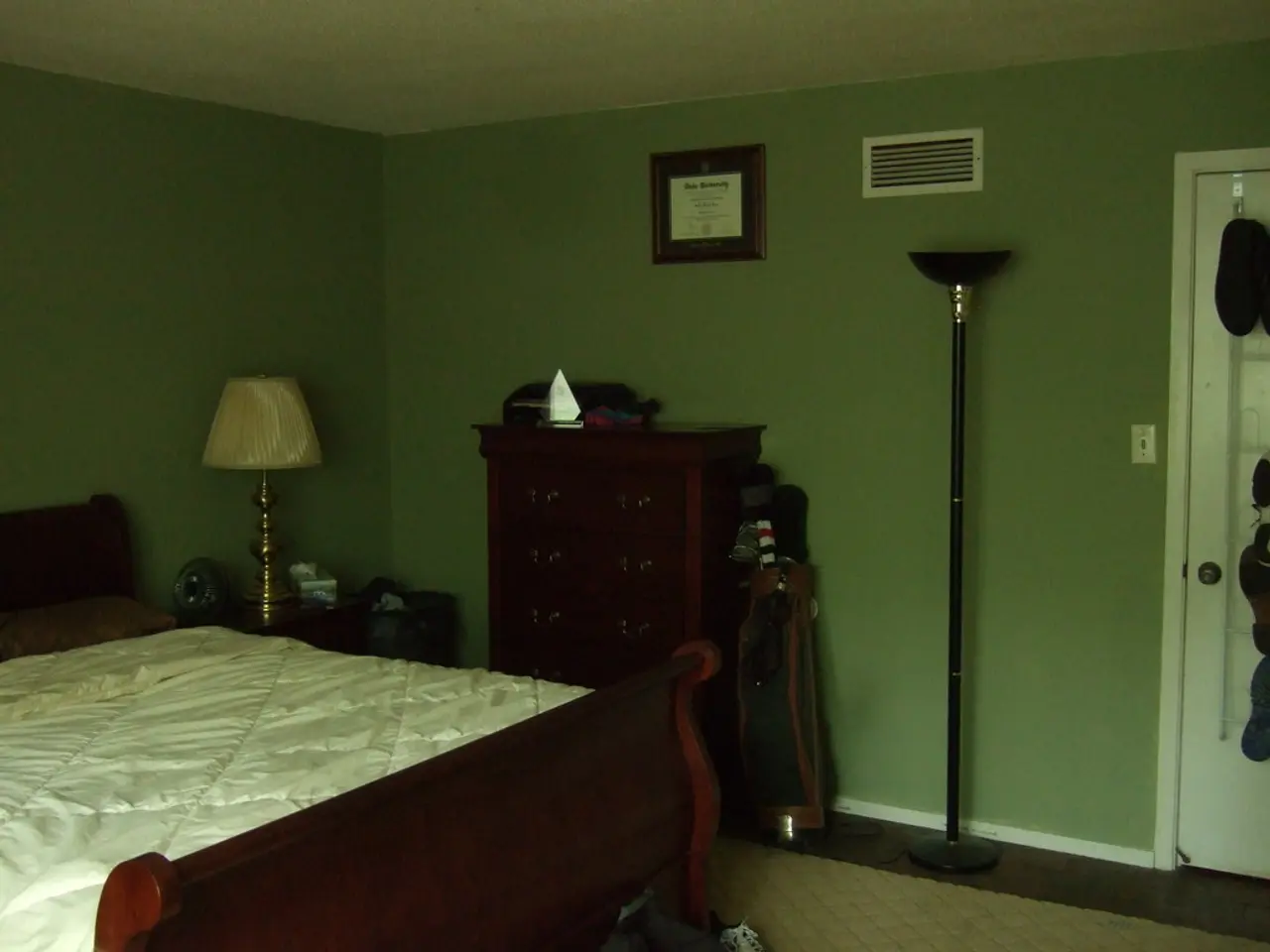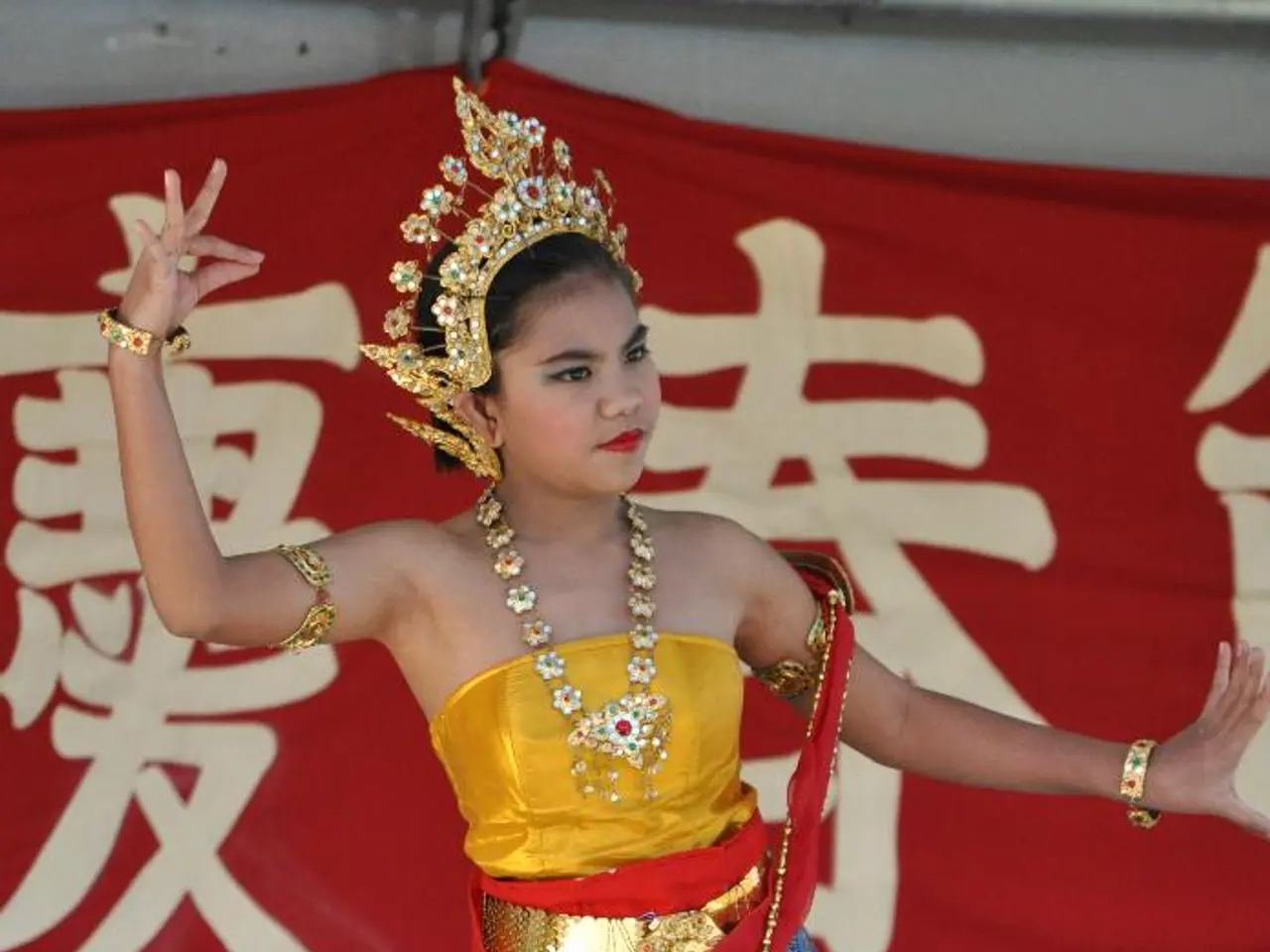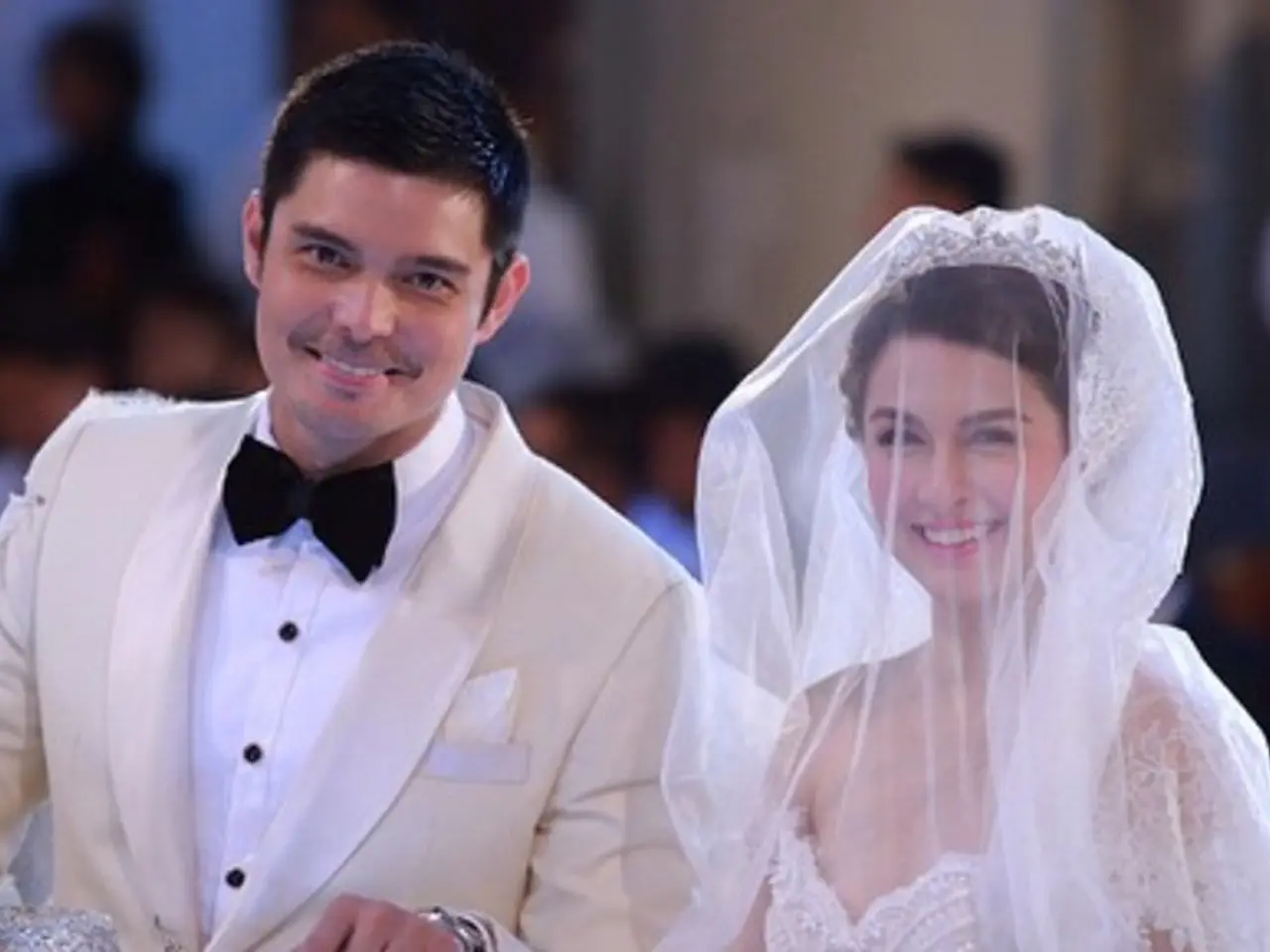Madness ensues as "Maria Stuarda" graces the stage at the Salzburg Festival.
At the Salzburg Festival, Ulrich Rasche directs a unique and captivating production of Gaetano Donizetti's "Maria Stuarda." The drama of the opera is narrowed and intensified by Rasche's distinctive scenic design, which features rotating discs that visually express the power struggle between the two rival queens, Mary Stuart and Elizabeth I.
Rasche, a renowned director primarily from the spoken theatre, adapts his approach for the operatic form. He integrates rigorous structural discipline with the demands of musical theatre, and his scenic design supports this by imposing a regimented, yet fluid, spatial structure on the production. Each character exists on their own rotating disc, often framing and isolating them, underscoring the confrontation and the emotional volatility between Mary and Elizabeth.
Lisette Oropesa, in the title role, delivers a lyrical voice shrouded in melancholy and sorrow. Her performance as Maria is notable for its restraint, eschewing flashy ornaments. Kate Lindsey, as Elisabetta, conveys the blue-blooded beast and the schemer with an energetic mezzo-soprano. Vocally, there's much control and caught drama in her portrayal.
The Wiener Staatsopernchor, placed high in stage boxes, requires coordination and serves as an antique commentary collective. Bekhzod Davronov (Leicester) commands attention with his bright tenor, but his character almost slips through the cracks. Aleksei Kulagin's granite bass brings Leicester to the forefront, disrupting the power triangle.
Ulrich Rasche's characterization of Elisabetta's hatred is based on situations, images, and visual effects, not psychological portraits. The production is described as chilling, with a third disc hanging above for color games and projections. The costumes, designed by Sara Schwartz, feature transparent shirts for Elisabetta's bodyguard.
However, some critics argue that the production overlooks the political dimension and dynastic rivalry of the queens, favouring erotic kitsch. The opera does not feature a meeting between Elizabeth I and Mary Stuart, a significant omission in the narrative. Despite this, the showdown is well thought out in Friedrich Schiller's libretto, happening at the end of act one in Gaetano Donizetti's opera.
Conductor Antonello Manacorda prefers a soft, tasteful approach to the Donizetti ratchet machine in the opera, complementing Rasche's radical sense of form and deepening the audience's engagement with the opera’s themes of rivalry, power, and psychological conflict. The rotating discs are not merely a visual spectacle but a dramaturgical tool that impacts how the story is perceived and felt, enhancing the overall dramatic impact on stage.
Ulrich Rasche's innovative scenic design, featuring rotating discs, not only serves as a visual representation of the power struggle but also becomes a tool for expression, isolating characters and emphasizing the emotional tension between Mary and Elizabeth, making it a unique form of entertainment.
The production of Gaetano Donizetti's "Maria Stuarda" at the Salzburg Festival, directed by Ulrich Rasche, redefines the traditional operatic form by incorporating elements of visual spectacle and deep psychological conflict, providing a fresh take on the classical entertainment genre.





